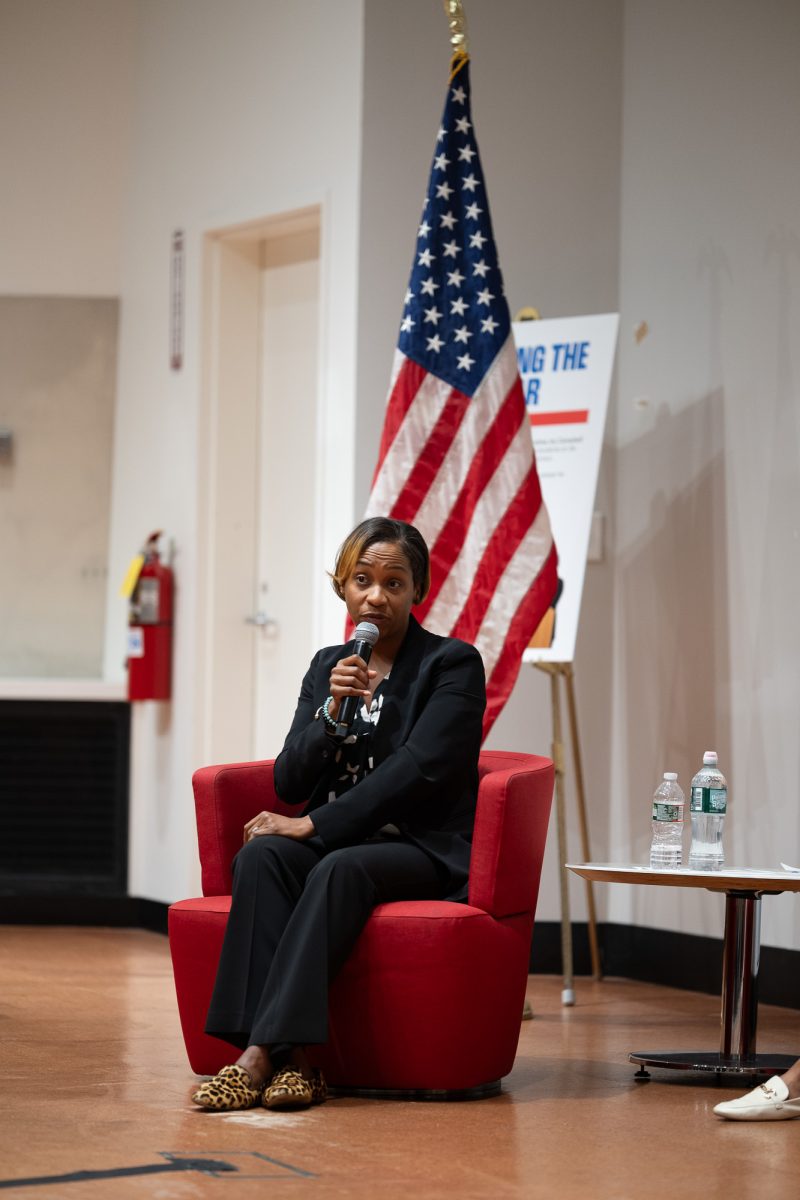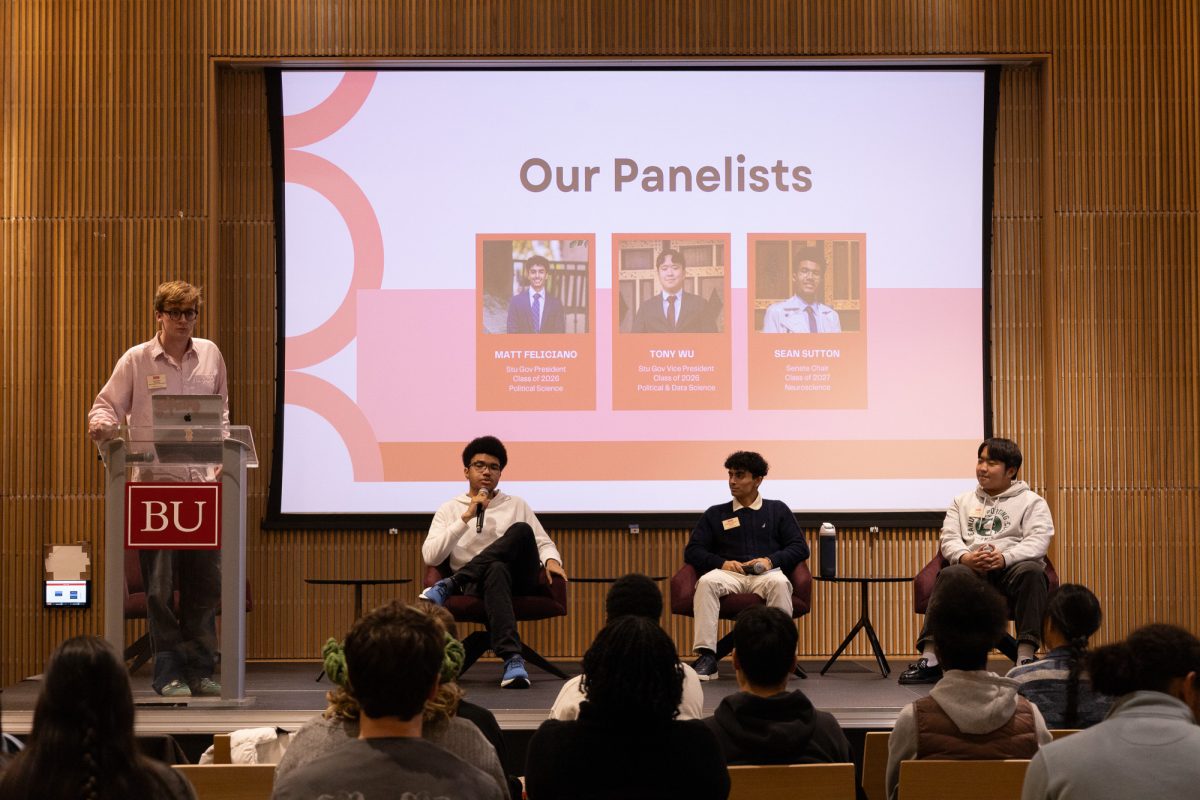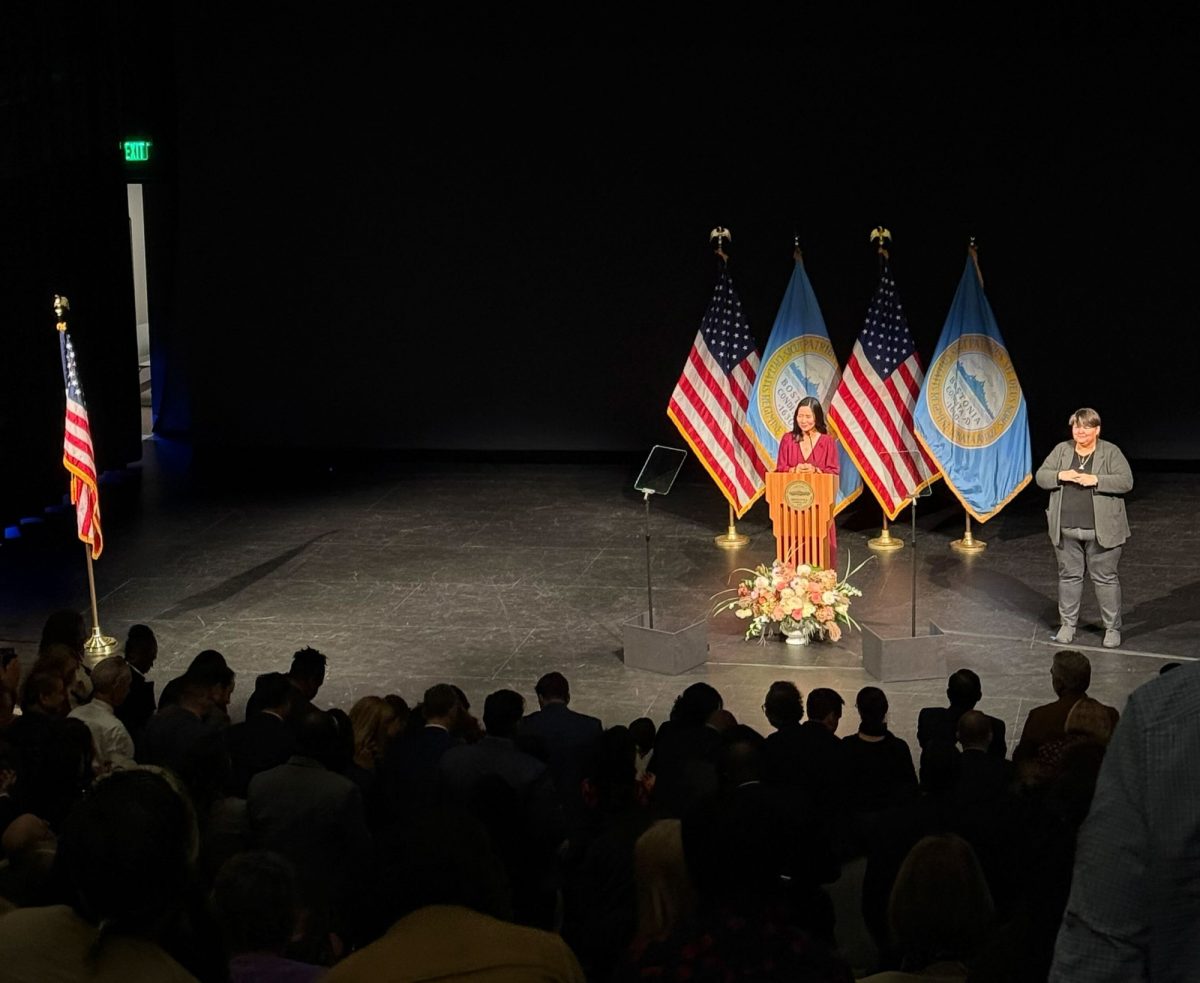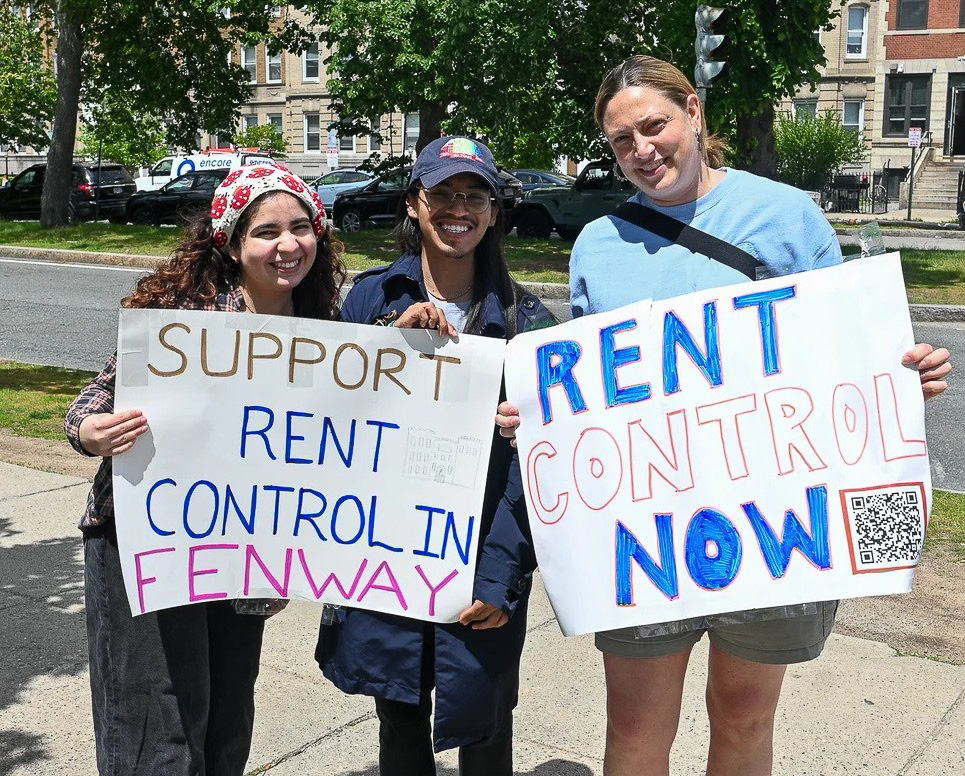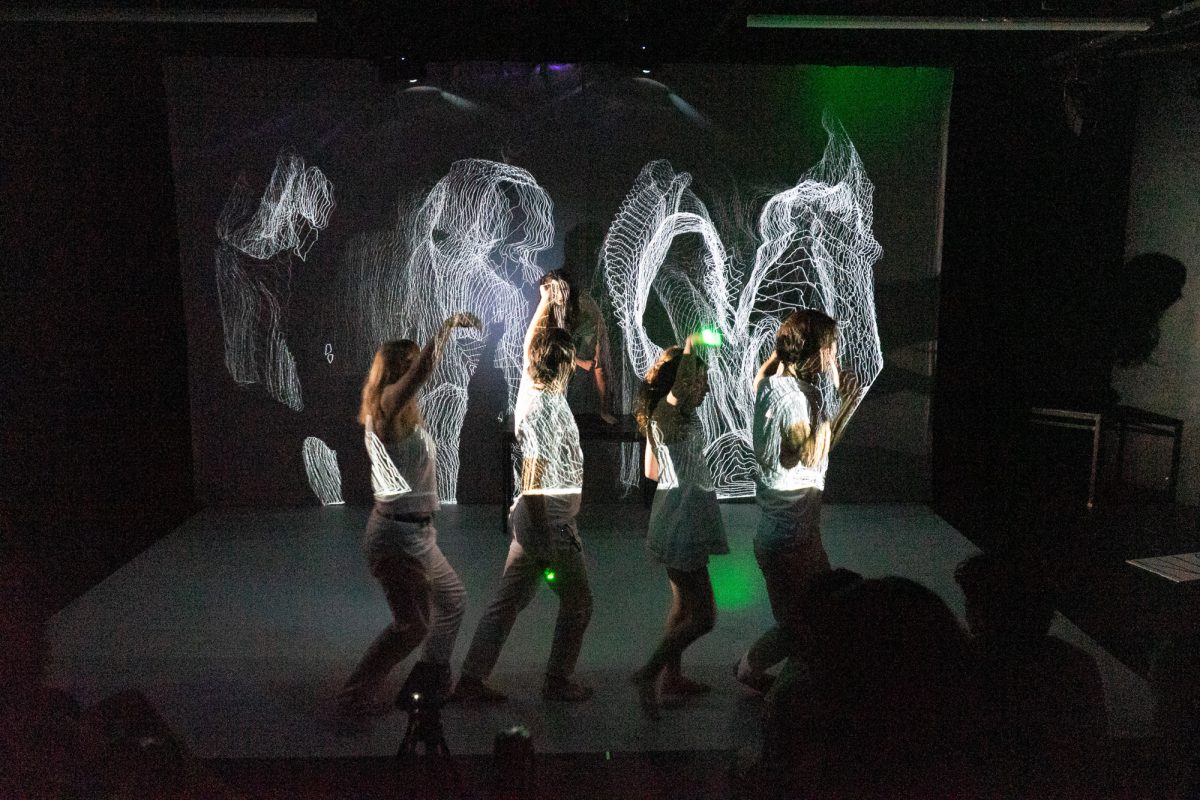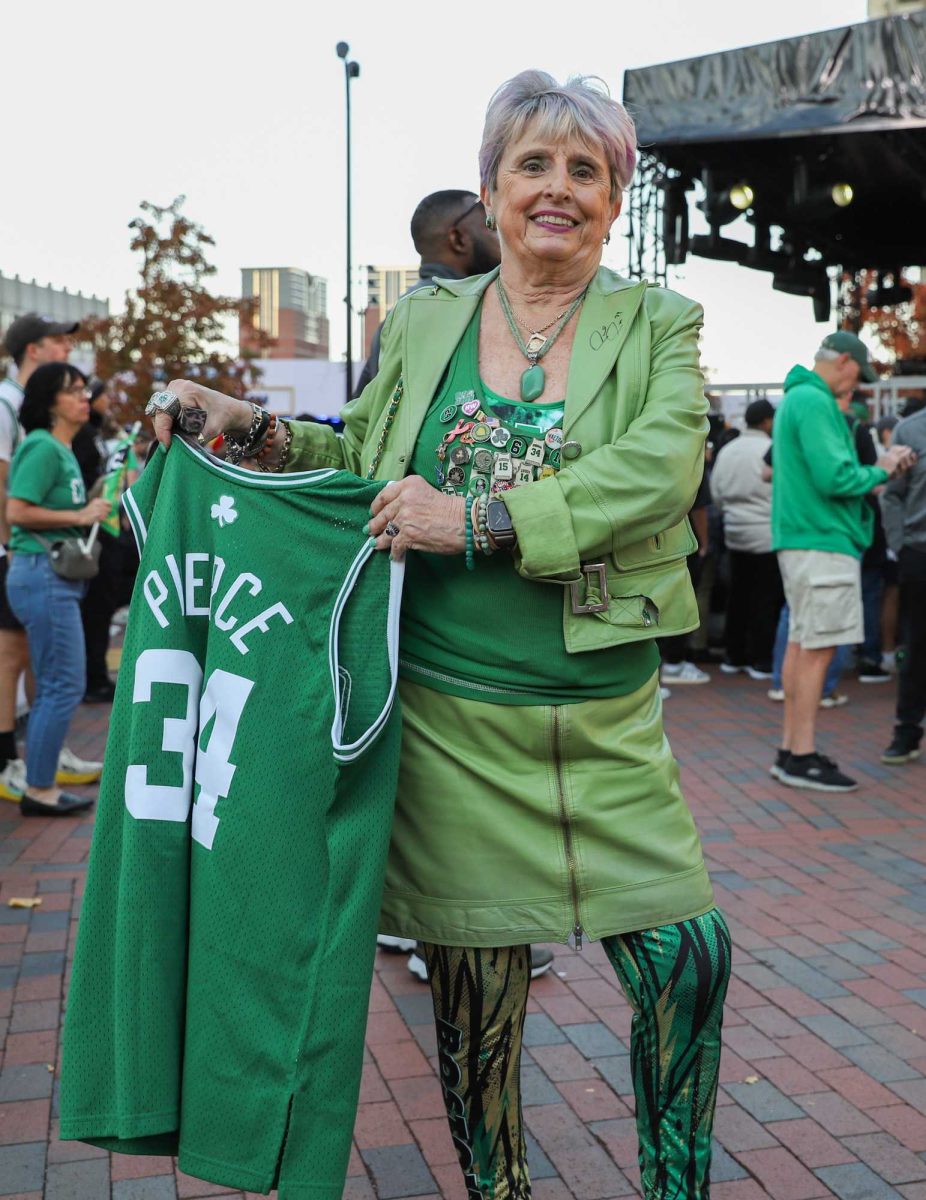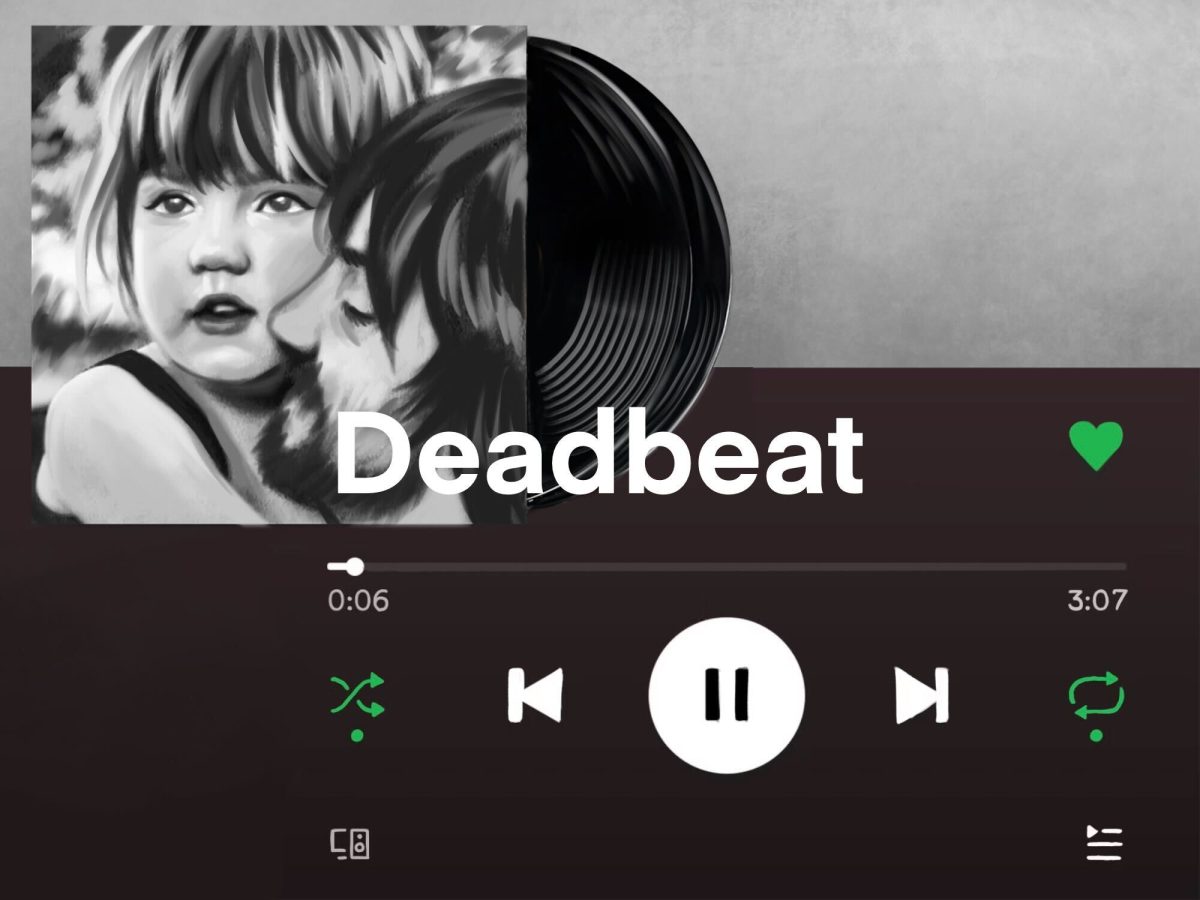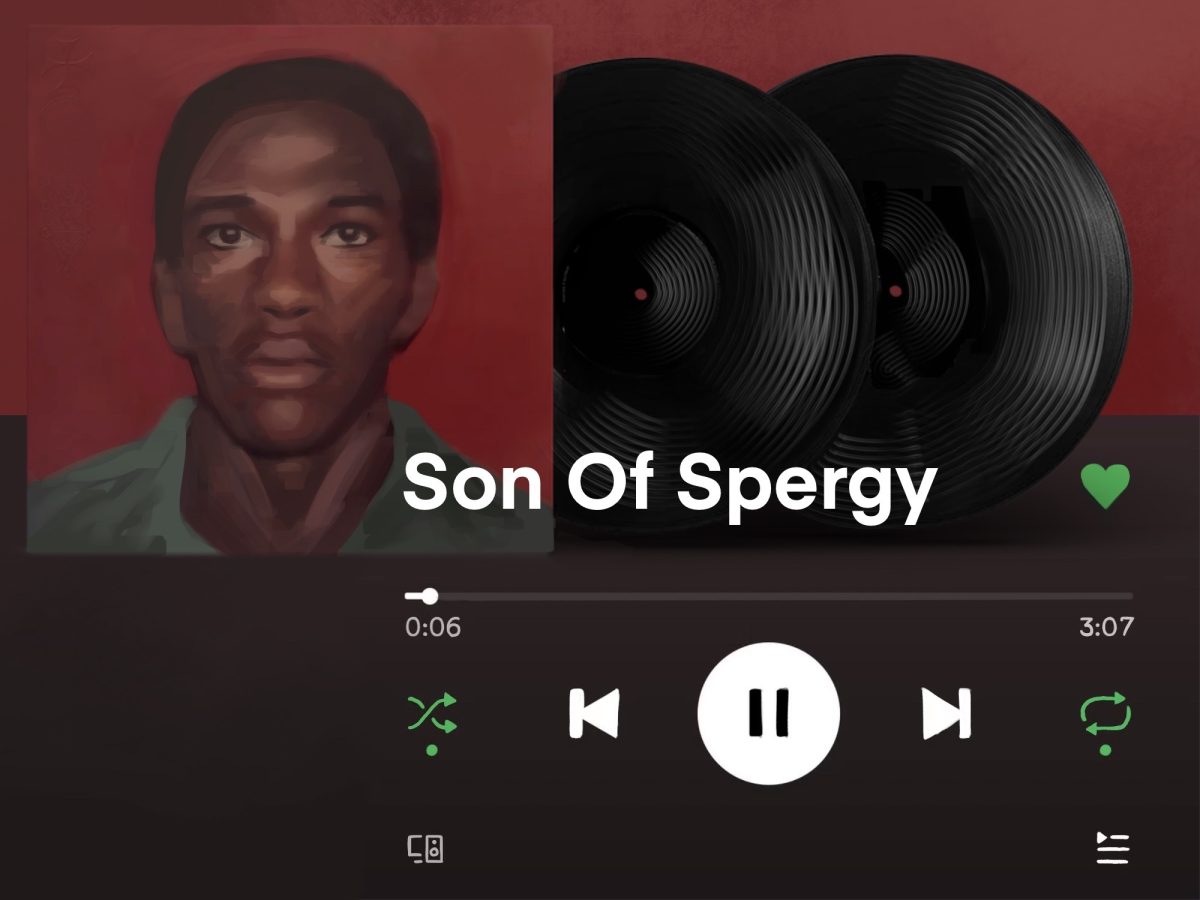With this rise of Spanglish in the younger generation, it only makes sense that the media will follow suit. There is a new type of voice that does not focus on just Spanish or English in the context of the other, but the fluency of both on TikTok.
As the name suggests, Spanglish is the natural merger of English and Spanish words within a sentence or a couple of sentences. Many Latinx Americans speak this hybrid language.

Spanglish is a fresh language that 70% of Latinx Generation Z speak, 20% of whom are most comfortable speaking over Spanish or English. This preference for Spanglish is statistically higher among Gen Z than among Millennials, Generation X, and Boomers.
This overdue representation is important not only because a large part of Gen Z resonates with this merger of language, I think it also allows for the possibility of the collaboration of Spanish and English in a more natural way that does not seem forced as a means to contrast cultures and exaggerate stereotypes.
The standard representation of Spanish in American media feels stalled and tired. This can be said for any minority representation, but someone can speak Spanish in an American show, movie or song and be more than just the token Hispanic.
Spanglish representation breaks this mold of Spanish and English as separate entities that only coexist to define the other and enlightens this common way of speaking that Americans prefer and comfortably use with no binary presumptions.
Natalia, known as @Natisstyle on TikTok, periodically posts “Spanglish fit check” videos, either alone or with family and friends, to detail where the elements of her outfit are from. One video begins, “Hola, hola! (Hello, hello!) We’re going to a fraternity formal y voy hacer un (and I will do a) Spanglish fit check.” Other than the names of these videos, she does not label all moments of Spanglish as such but simply speaks in English and Spanish interchangeably throughout her content.
This simple act of identifying the way she speaks as Spanglish matters because representation matters. TikTok, unlike most social media platforms, does not expect filtered content and aesthetic value but rather promotes casual conversation and authenticity. This is the first step towards a larger existence of casual language back and forth in Spanish and English, without preference or expectation for either.
In another TikTok, Natalia says, “Yo naci en Miami, no en Venezuela. Entonces, mi español no es perfecto (I was born in Miami, not Venezuela. So, my Spanish is not perfect).” She continues to explain that she will speak in Spanglish because “es un nuevo dialect de la gente que creció en los estados unidos y no puede hablar espanol al 100% (it is a new dialect from the people who grew up in the United States and can’t speak Spanish 100%).”
Spanglish provides a great deal of comfort and self-assurance as a means of expression for Hispanic people born in the U.S. As Natalia said, she cannot speak Spanish 100%, so she speaks in Spanglish with greater ease and confidence.
Some TikTokers take it a step further and simply post as one would on the internet, but they speak in Spanglish without acknowledging the exchange. Some of my favorite ones who do this are @lableachyval, @extraterrestrialbussy and @whor3chata_. Valentina, Elaiza and Paloma are beautiful, lighthearted and sincere women who post their lives on the internet. They are all members of Gen Z and post on social media platforms other than TikTok.
Valentina, known as Bleachy Val online, makes and sells one-of-a-kind jewelry and clothing. Her unique and eclectic brand identity is simply a reflection of her, and she also expresses herself in Spanglish on her Instagram, YouTube, TikTok and podcast. Her authentic articulations hold true to her determined and honest character.
Elaiza, also known as planetfckntarium online, is a model and clothing designer. Her style is edgy, vibrant and powerful — similar to Bleachy Val, all the outfits and photos she posts stand out and steer on the side of maximalism.
Her TikTok is a deeper dive into her mind, sense of humor and experiences. She is equally as picturesque on TikTok as on Instagram but reveals much more of her personality through her words, spoken in Spanglish. This unfiltered feeling of communication she portrays is supported by her speaking as she would off-camera and not conforming to strictly Spanish or English.
Paloma is a university student who posts her makeup routine and gives advice. She is never afraid to speak her mind and has a comforting older sister presence on the app, encompassed by her “big sis guide” makeup tutorials that always include her iconic lip combo. Her bold and confident demeanor is authentic to her image, and her direct words express who she is in a way that is true to her — in Spanglish.
We have finally been able to strengthen the representation of Spanglish in the media through authenticity. Natalia, Valentina, Elaiza, Paloma and all the other influencers who speak in Spanglish are simply sharing their life experiences the way Gen Z has redirected social media to do so. Now, social media uplifts expressions of reality, although still through an idyllic lens, in a way that has allowed for recognition and community for many Latinx Americans.


